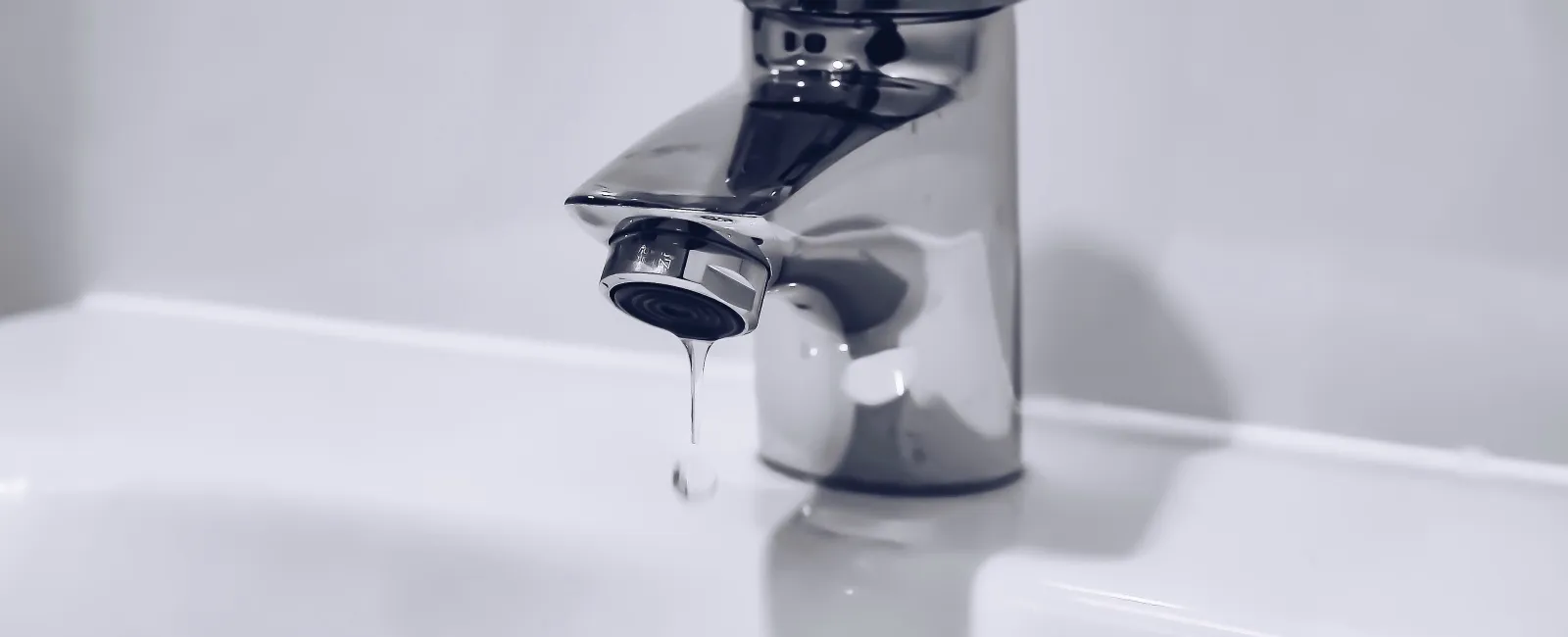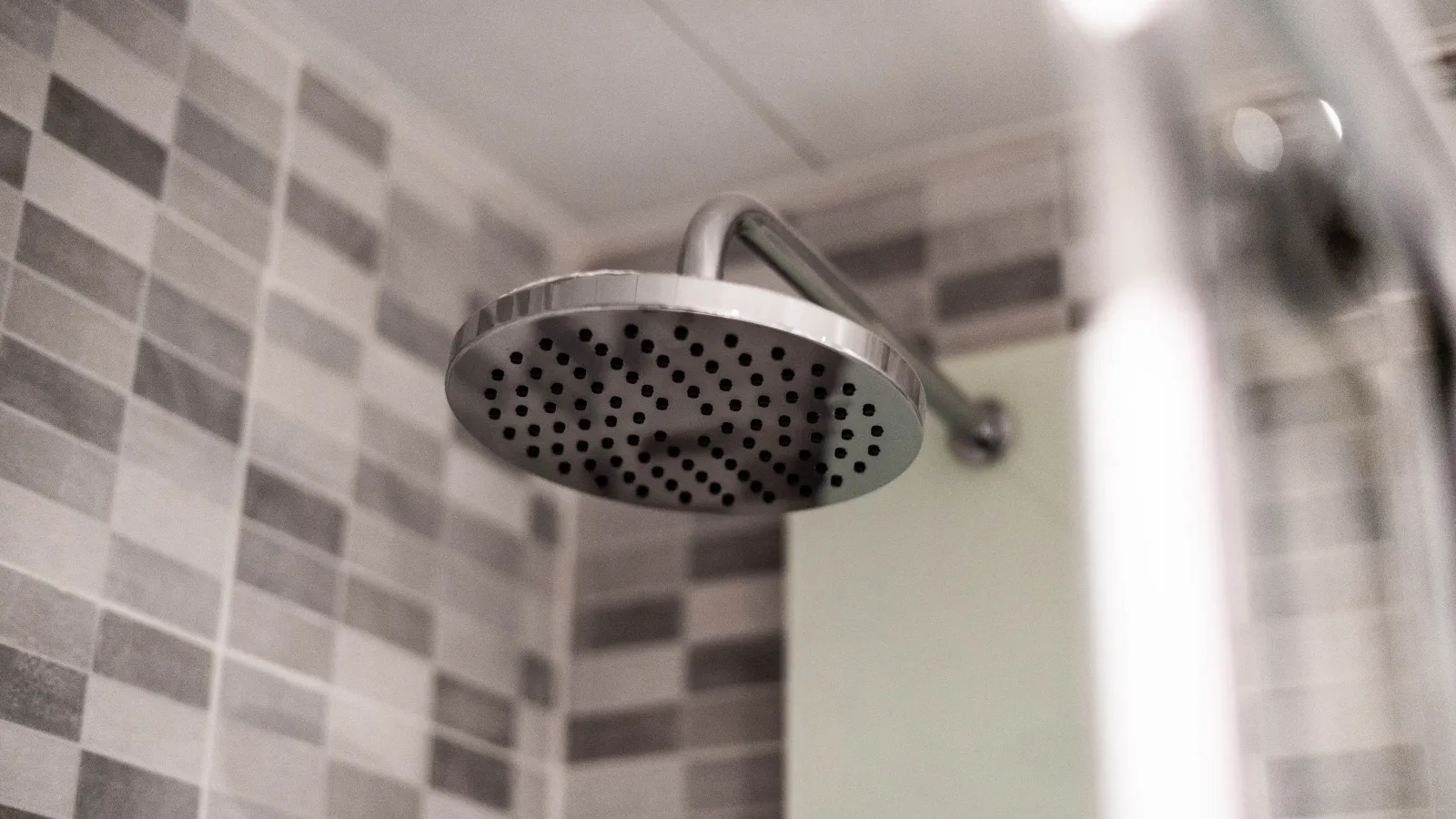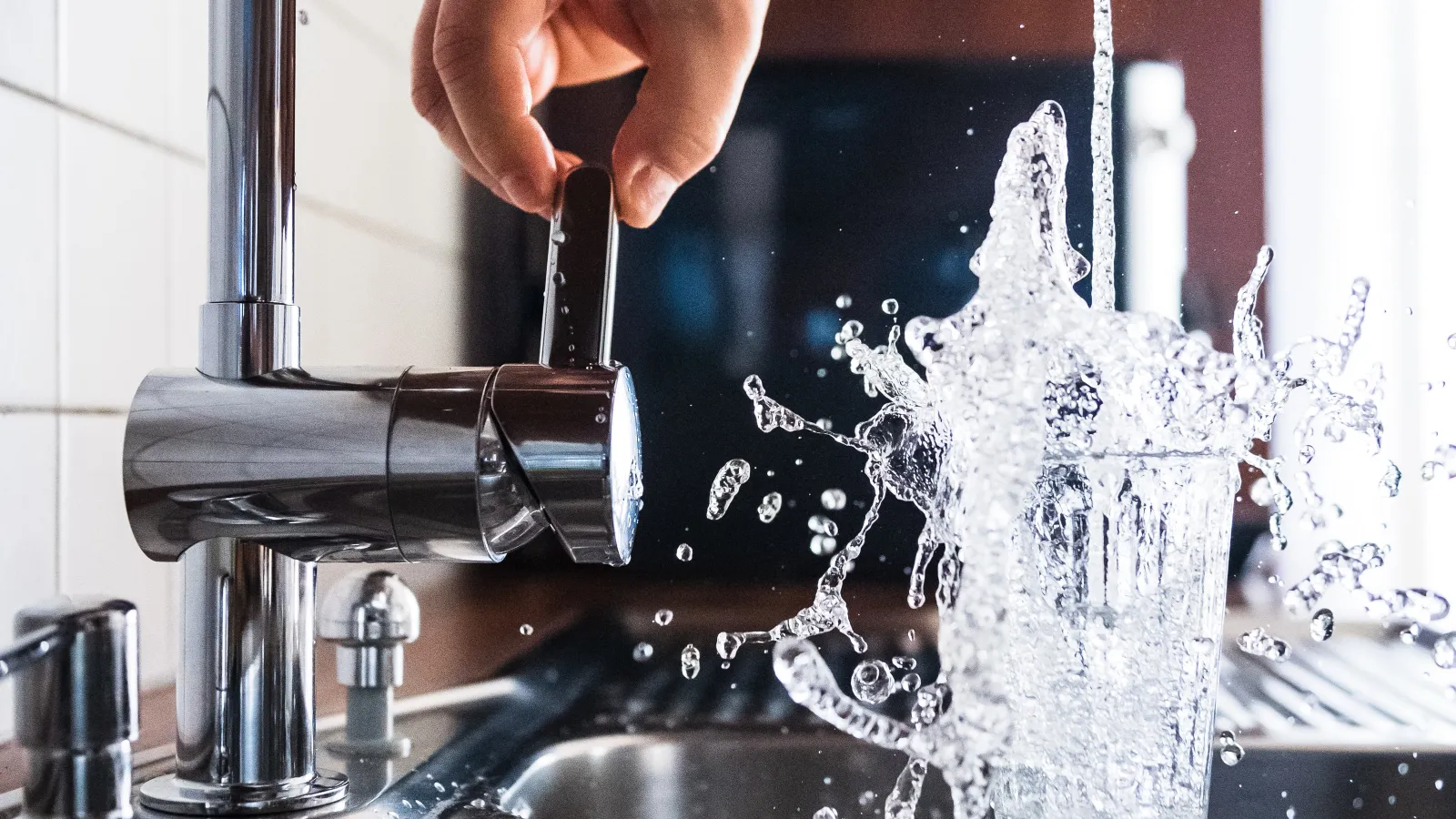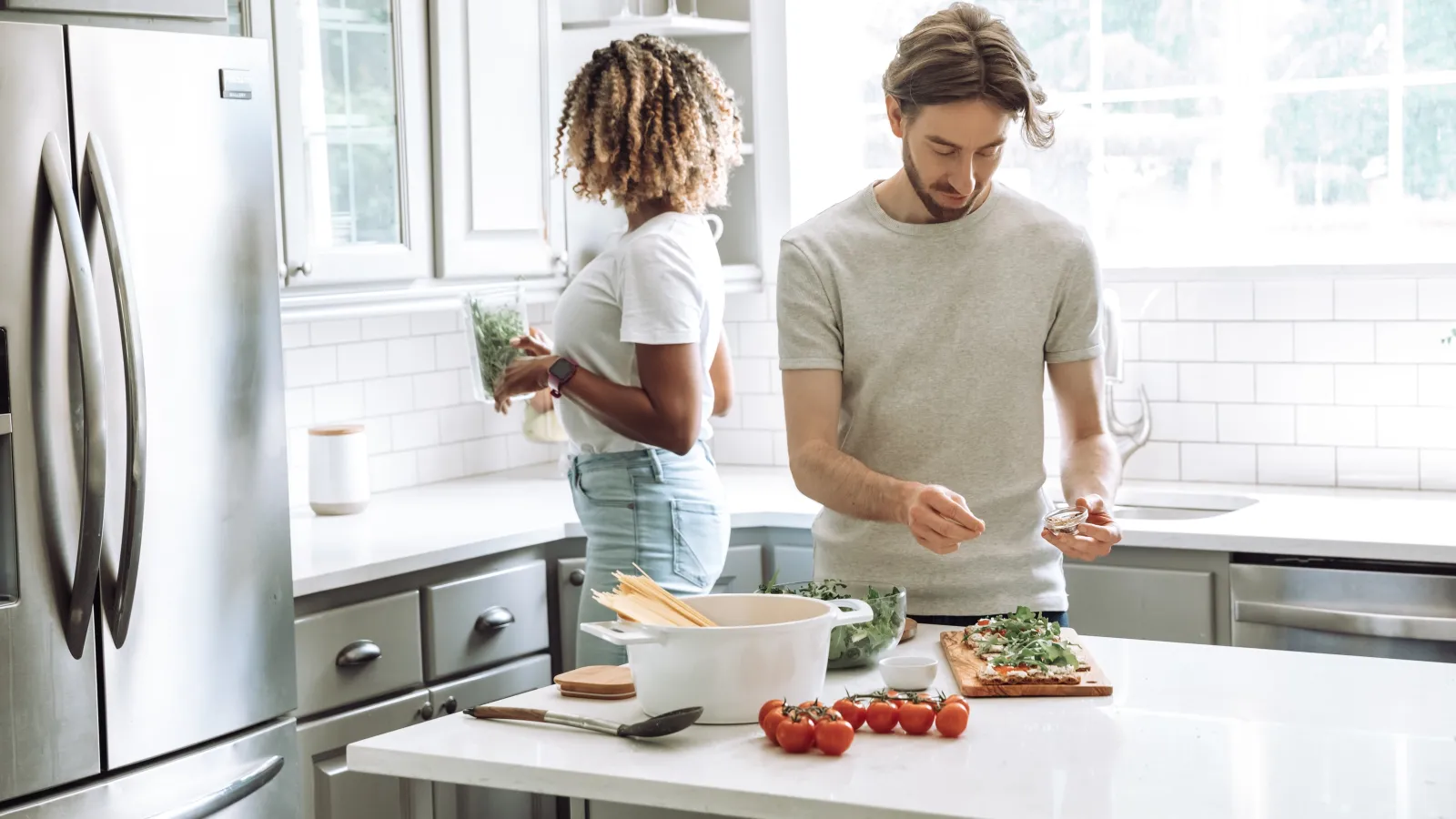As winter approaches in Atlanta, it's important to take steps to protect your home's plumbing from freezing temperatures. Frozen pipes can burst and cause major water damage, so winterizing your plumbing system is essential. In this comprehensive guide, we'll walk through 10 important ways to prepare your pipes for winter.
1. Insulate Pipes
Exposed pipes, especially those located in unheated areas like crawl spaces, attics, and garages, are most vulnerable to freezing. Insulate them with pre-slit foam tubing or fiberglass insulation. Secure the insulation tightly and seal any gaps with waterproof caulk or tape to prevent cold drafts. Prioritize insulating pipes near outer walls, in attics, and near drafty windows and doors.
2. Seal Air Leaks
Prevent cold outdoor air from reaching pipes by sealing leaks around windows, doors, electrical outlets, and wherever plumbing enters the house. Use caulk and weather-stripping to fill gaps and keep cold air out. Eliminating drafts can help keep your whole plumbing system warmer.
3. Disconnect and Drain Outdoor Hoses
Water left sitting in outdoor hoses can freeze and expand, causing faucets and connectors to crack. Disconnect all hoses from spigots and allow them to drain completely. Install insulated hose bib covers over spigots for added protection. Drain and store hoses in a dry location like a garage or shed until spring.
4. Drain Pipes Before a Deep Freeze
If an extreme or prolonged freeze is expected, fully drain your plumbing system. Locate the main water shutoff valve and turn off the water supply. Open indoor and outdoor faucets until pipes are completely emptied. Consider hiring a plumber to use compressed air to blow out any remaining water in the pipes. Don't forget to also drain toilets, hot water heaters, washing machines, etc.
5. Let Faucets Drip
Allowing faucets to slowly drip during freezing weather can prevent pipes from freezing by keeping water moving continuously. Choose an indoor faucet on an outer wall and allow it to drip overnight and anytime the temperature drops below freezing. A steady drip or slow stream of water is ideal.
6. Maintain Heat at 55°F
Keep indoor temperatures at 55°F or above, even while away. Ask a neighbor to check thermostats if traveling. Keep cabinet doors open under sinks to allow warm indoor air to circulate near plumbing in exterior walls. Consider installing a freeze alarm that calls your cell phone if temperatures dip too low.
7. Insulate Your Water Meter
Don't forget to insulate your main water meter if it is located in an unheated area. Use the same materials and techniques you would use to insulate exposed pipes. This step is often overlooked but critical to prevent freezing.
8. Seal Off Access Doors
Insulate and weatherstrip any access doors, panels or openings to your home's crawl spaces, attics and basements. These unheated spaces allow cold outdoor air to reach pipes. Thoroughly sealing them off helps keep pipes warmer.
9. Consider Installing Heat Tape
For vulnerable pipes that are difficult to insulate, an electrical heat tape system provides active heating to prevent freezing. Wrap the self-regulating heat tape around pipes and plug it in to maintain temperatures above freezing even in unheated spaces. Use heat tape as a last resort only when insulation alone isn't sufficient.
10. Know the Location of Your Shutoff Valve
Make sure everyone in your household knows where the main water shutoff valve is located. This makes it fast and easy to shut off the water in the event a pipe does burst, limiting water damage. Show all responsible family members how to operate the valve.
Preparing your plumbing system for winter is an essential regular maintenance task for homeowners. Following these 10 tips can help safeguard your pipes through freezing weather and prevent costly, damaging pipe bursts. Do not wait until the first deep freeze - take action early so your home's plumbing is protected when cold temperatures arrive.



